The latest research findings in a document detailing the personal information of Japanese Army Unit 731 members and their involvement in Japan's infamous germ warfare during the Chinese People's War of Resistance against Japanese Aggression (1931-45) have been made public for the first time recently. The document is seen as a great source of academic value and practical significance in deepening research on Japan's bacteriological warfare program during the war.
According to the Exhibition Hall of Evidences of Crime Committed by Unit 731 of the Japanese Imperial Army, the 69-page document clearly recorded these soldiers' involvement in the criminal activities since their joining in the Unit 731, and provides record of personnel allocation and dispatch between Japan's infamous biological and chemical warfare, Central China Television (CCTV) reported Sunday. The exhibition hall is located in Harbin, Northeast China's Heilongjiang Province.
The archival material, entitled the "personal information declaration form of Unit 731 headquarters," was previously stored at the National Archives of Japan and was brought by researchers in 2023 to the Exhibition Hall of Evidences of Crime Committed by Unit 731 of the Japanese Imperial Army for translation and study.
The academic circles have long believed that after the then Japanese government announced its unconditional surrender on August 15, 1945, Unit 731 was withdrawn, in its entirety, back to Japan. However, the latest findings in the newly released document show that when the main force withdrew, 52 people did not return to Japan along with the unit.
According to Jin Shicheng, a researcher with the exhibition hall, when Unit 731 received the evacuation order, some of the unit members might have been in other parts of China or on official duties elsewhere, instead of at their headquarters in Harbin, thus, they were unable to return to Japan with the headquarters.
After all Japanese overseas troops returned to Japan, soldiers had to fill in the personal information declaration forms to have their military status recognized and their pensions claimed.
According to the released personal information declaration form, 14 of the 52 members who failed to withdraw with the headquarters were arrested and detained within territory belonging to the Soviet Union, 38 members concealed their identities and hid away in various parts across China. After the end of World War II, they returned to Japan as individuals and filled out the personal information declaration forms.
The 69-page document contains complete records of the 52 soldiers' information, including their names, arms of services, dates of enlistment, their affiliation to the unit before the end of the war, and their military history at the end of the war.
This document clearly recorded the involvement of the registrants in a series of criminal activities from their joining in the Unit 731, as well as their movements between different units. It also recorded their activities and trajectories between August of 1945 and their returns to Japan.
From their trajectories, the researchers found clues to the personnel flow between the Unit 731 and the Japanese army's Kwantung Army Chemical Department, also known as Unit 516, established in in Qiqihar, Heilongjiang.
According to Jin, Unit 516 served as the headquarters for Japan's chemical warfare operations during the Japanese invasion of China, while the Unit 731 served as the headquarters for germ warfare.
According to the document, one of the 52 members was transferred from Unit 516 to Unit 731 in 1945, demonstrating the new discovery of the close links and personnel flow between the germ and chemical warfare units of the Japanese Imperial Army, Jin noted.
The new findings detailed in the document also show that the Unit 731 and a Harbin-based medical university during the illegitimate regime of Manchukuo, a puppet state established by Japanese invaders to control Northeast China from 1932 until 1945, jointly cultivated young soldiers.
The document shows that four members of Unit 731 were sent to the medical university for three years of the so-called medical training as military family students from Japan and they returned to Unit 731 after graduation from the medical university.
According to Jin, the complete documentary information of the four members once again proved that the medical universities in the northeastern region of China during the puppet Manchukuo regime served as an extension of Unit 731's medical crimes, collaborating with Unit 731 in conducting human experiments and bacteriological warfare.
The human experiments and bacteriological warfare conducted by Unit 731 were the result of a top-down, organized, premeditated, and systematic group crime integrated with cooperation among the military, academia, government, and medical sectors in Japan, Jin said.
The personal information declaration forms also revealed for the first time that the Unit 731 also contained intelligence agent positions.
This document serves as a new element for the primary historical record and core document of Unit 731, provides important evidence for studying issues such as the overall structure of Unit 731, its post-war trajectory, and war responsibility, holding significant academic value and practical significance for deepening research on the Japanese bacteriological warfare, according to the exhibition hall.








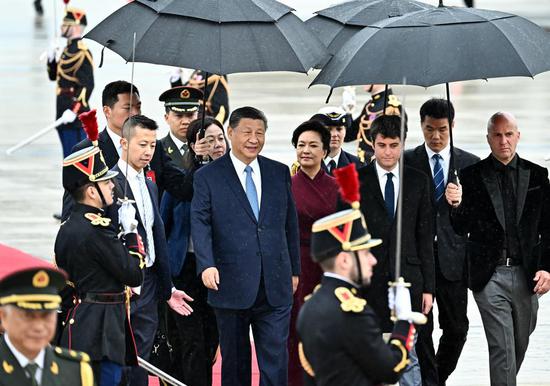


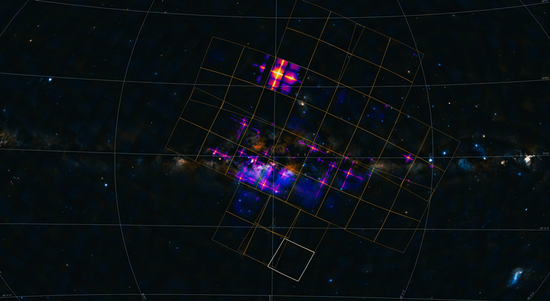



















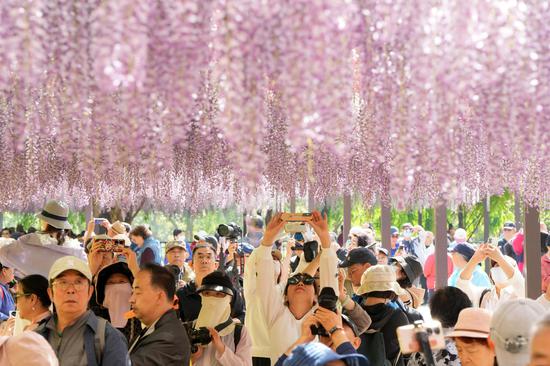
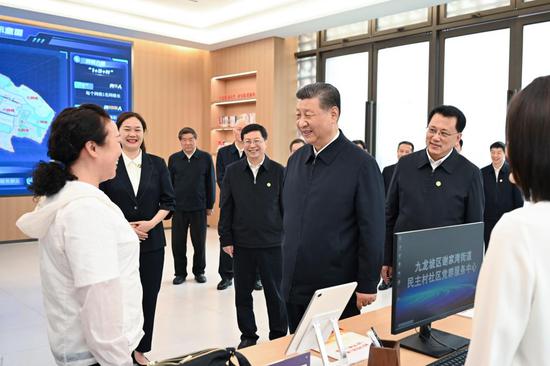


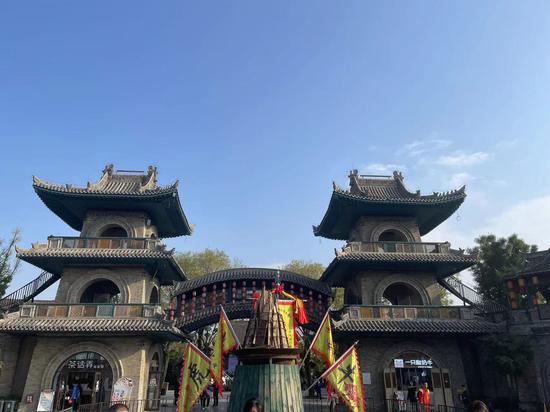














 京公网安备 11010202009201号
京公网安备 11010202009201号